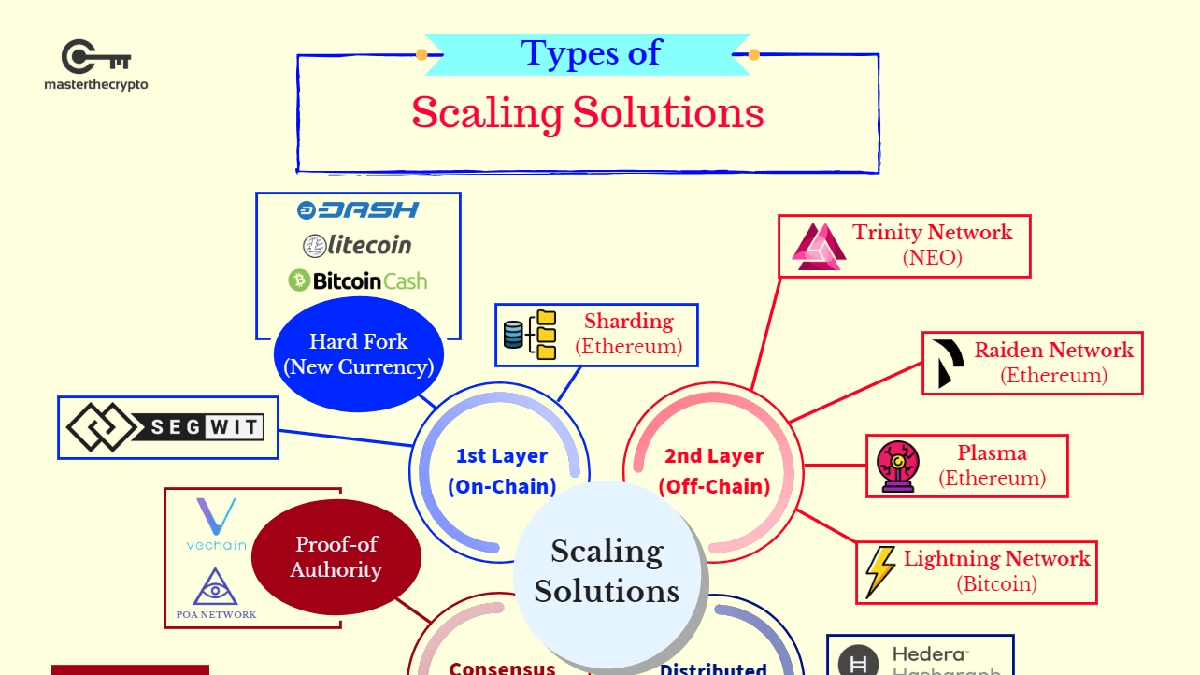In the quest for a more scalable and efficient blockchain, an innovative solution is gaining momentum: sharding. Sharding is a partitioning technique that breaks the blockchain into smaller segments, fittingly termed ‘shards.’ These shards enable parallel processing, resulting in faster transaction speeds, increased transaction capacity, and sustainable network growth.
Sharding: A Double-Edged Sword
Despite its promising implications for scalability, sharding ushers in fresh security challenges. The partitioning of the blockchain introduces potential vulnerabilities within the shards that developers must mitigate to maintain a robust security framework. As Justin Bons from Cyber Capital underscores, the crux of blockchain scaling lies in harmonizing scalability with security and decentralization.
Spotlight on Sharding Cryptocurrencies
GPT-4 Turbo, an AI model, has identified three sharding cryptocurrencies as promising contenders: Radix (XRD), Near Protocol (NEAR), and MultiversX (EGLD). Each of these cryptocurrencies employs distinct sharding technologies and faces unique challenges.
Radix utilizes the Cerberus consensus algorithm, a high-speed solution designed to facilitate large-scale decentralization. On the other hand, Near Protocol employs Nightshade sharding, an innovative approach aimed at maximizing security and efficiency. Lastly, MultiversX leverages Adaptive State Sharding, a technology that adjusts to network changes to maintain optimum performance.
Embracing the Future of Blockchain
Sharding appears to be an emerging cornerstone for future blockchain architectures, particularly for decentralized applications that demand high scalability. As the pace of blockchain development accelerates, sharding’s role is likely to become increasingly significant.
However, it’s crucial to remember that investing in these technologies carries inherent risks of volatility and liquidity. The long-term success and reliability of sharding cryptocurrencies as investment assets remain to be seen. Therefore, potential investors should proceed with caution, ensuring a thorough understanding of the underlying technology and market dynamics.
Tags: Blockchain, Insights
